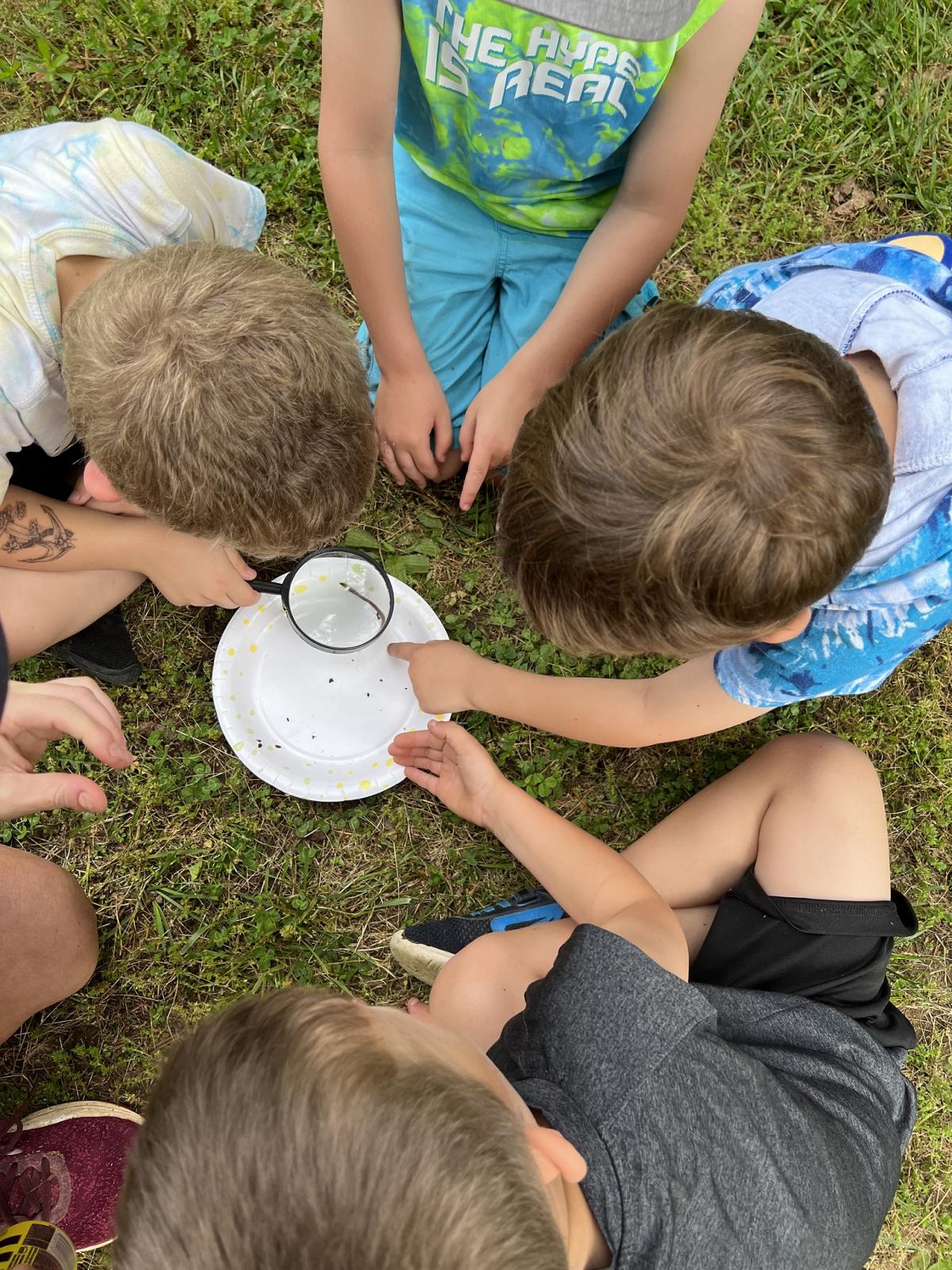
Students on a field trip to Adkins Arboretum get an up-close look at a frog. Photo: Steffi Ricketts
A partnership between Adkins Arboretum and Shore Rivers has received funding from Maryland Department of Natural Resources to provide environmental education programming for Caroline County Public Schools (CCPS) students.
The project will support the county’s second grade life science unit by engaging CCPS second-graders in a “Bees, Seeds, and Healthy Streams” field experience at the Arboretum. During the current school year, each of the nearly 500 second-graders in the county will participate in a meaningful outdoor field experience at the Arboretum, facilitated by Arboretum and ShoreRivers educators and supported by trained volunteers.
Following the field experience, the students will conduct a native plant/pollinator count in their schoolyard and plant native seed balls to improve schoolyard habitat and attract pollinators. The program also includes professional development for second grade teachers to familiarize them with the organizations’ missions, the Arboretum grounds and the “Bees, Seeds, and Healthy Streams” component of their science unit.
Originally focused solely on plants and pollinators and facilitated by the Arboretum, the program took a deeper dive when the Arboretum received a Chesapeake Bay Trust Environmental Planning grant in 2021 to partner with ShoreRivers. Combining both organizations’ missions—native plants and clean water—led to a more comprehensive field experience that has been enthusiastically received by CCPS and will serve as a model for future learning opportunities.
A 400-acre native garden and preserve, Adkins Arboretum provides exceptional experiences in nature to promote environmental stewardship.
ShoreRivers protects and restores Eastern Shore waterways through science-based advocacy, restoration and education.
The Department of Natural Resources leads Maryland in securing a sustainable future for our environment, society and economy by preserving, protecting, restoring and enhancing the State’s natural resources.
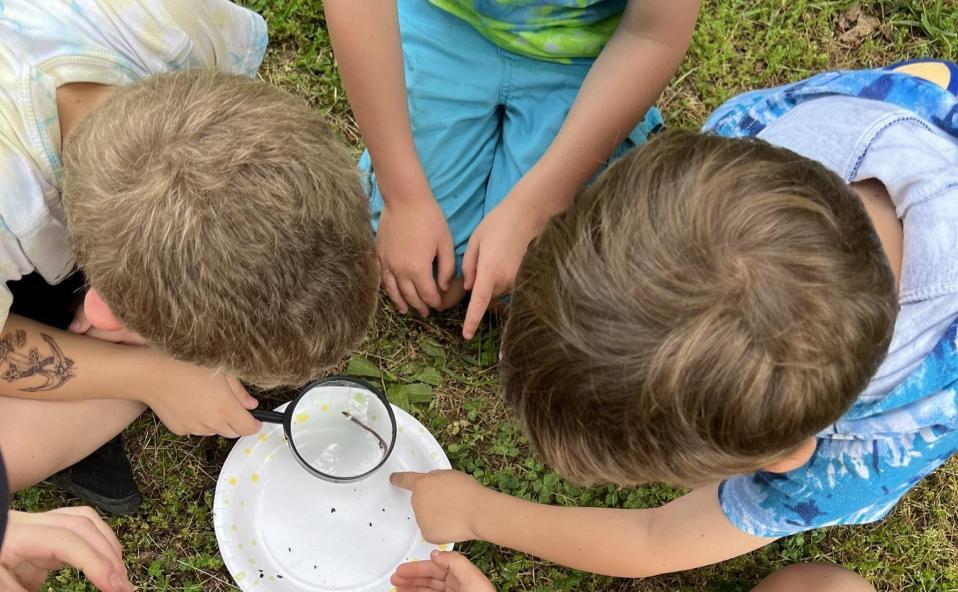

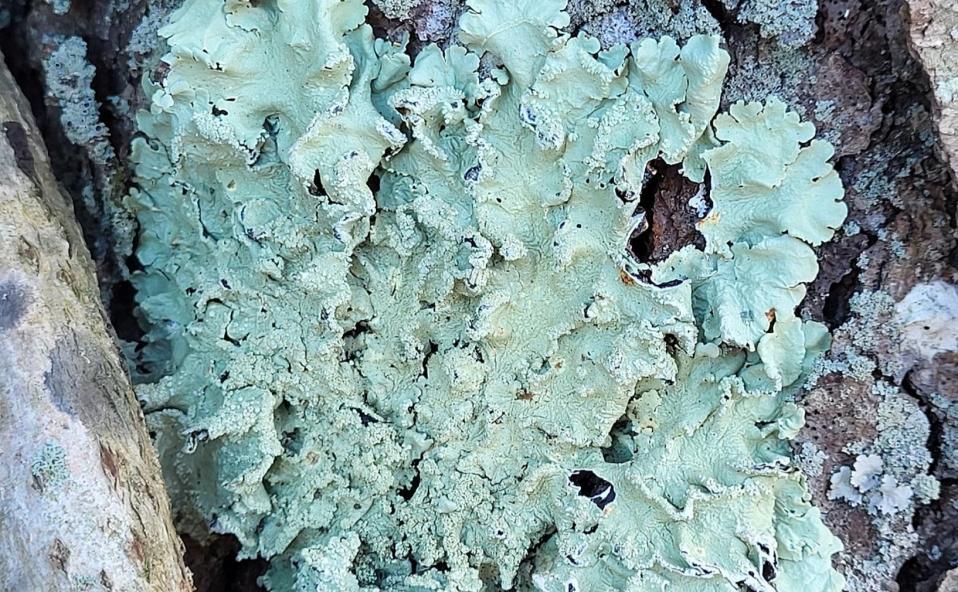
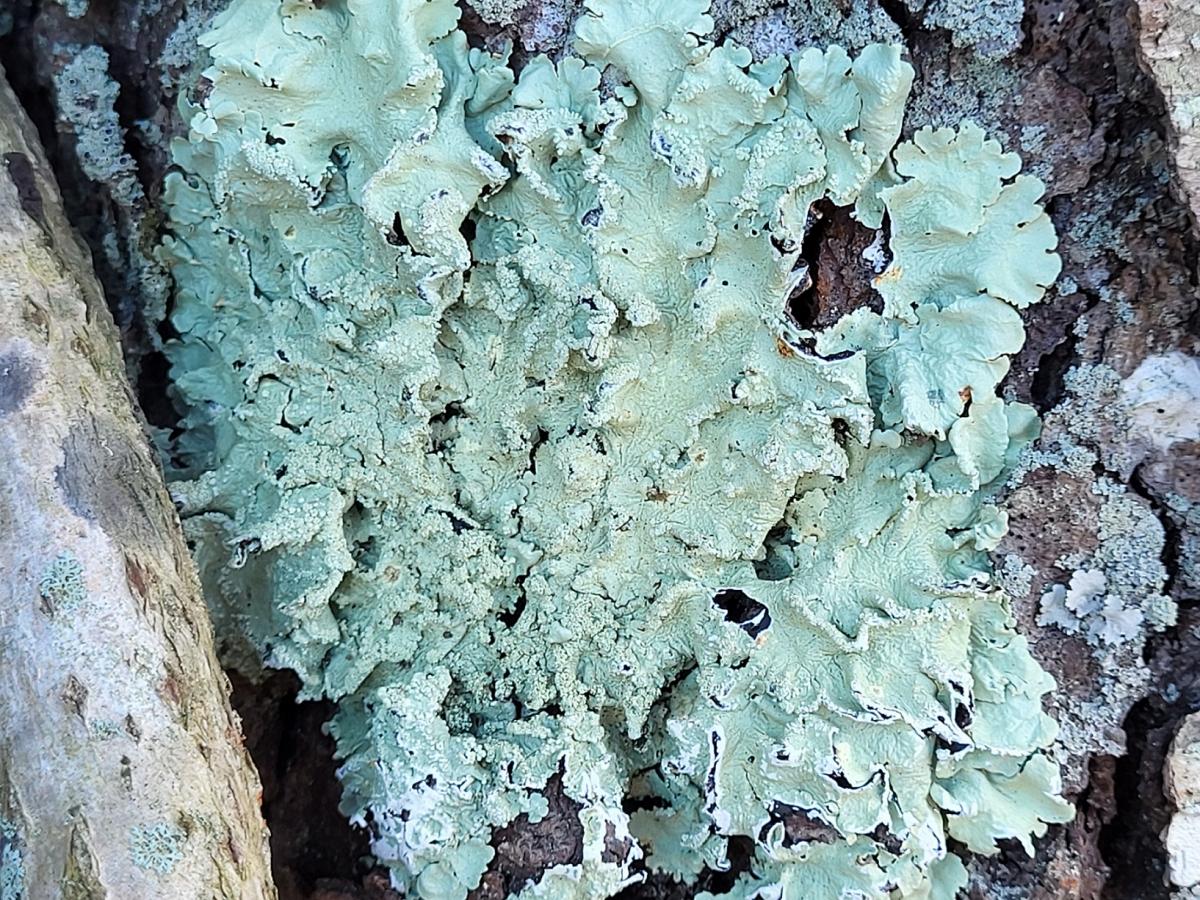 Last week, we asked you about seedbox (Ludwigia alternifolia)! This native plant is found on the wetland edge and has unique, characteristic seed pods that resemble boxes. This perennial is related to evening primrose and has a similar multi-branched habit with yellow flowers. The flowers are short-lived, but attract bees, butterflies, and moths.
Last week, we asked you about seedbox (Ludwigia alternifolia)! This native plant is found on the wetland edge and has unique, characteristic seed pods that resemble boxes. This perennial is related to evening primrose and has a similar multi-branched habit with yellow flowers. The flowers are short-lived, but attract bees, butterflies, and moths.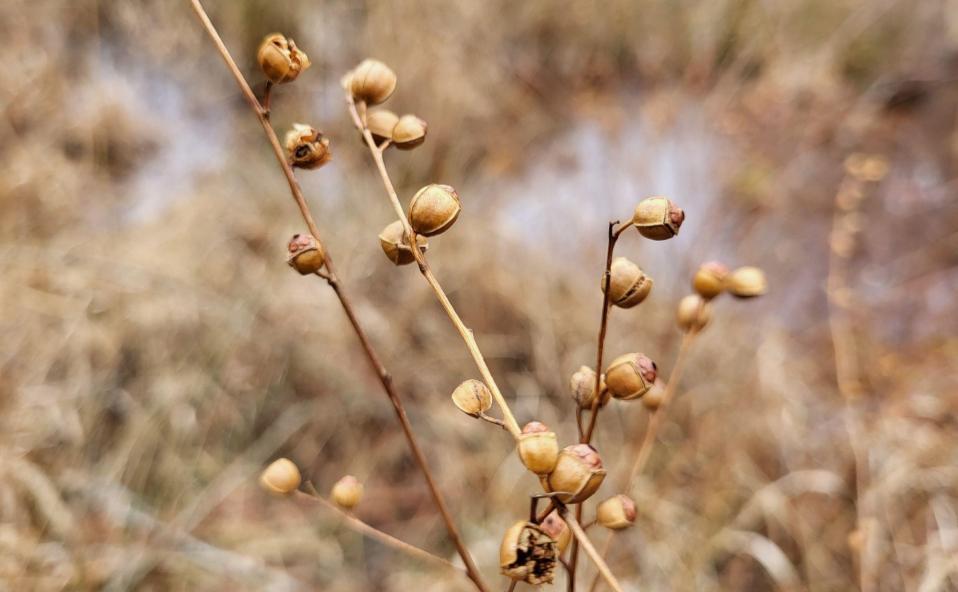 #ecologyiscool #mysteryorganism #mutualism #symbioticrelationship #mysterymonday #adkinsarboretum #winterinterest
#ecologyiscool #mysteryorganism #mutualism #symbioticrelationship #mysterymonday #adkinsarboretum #winterinterest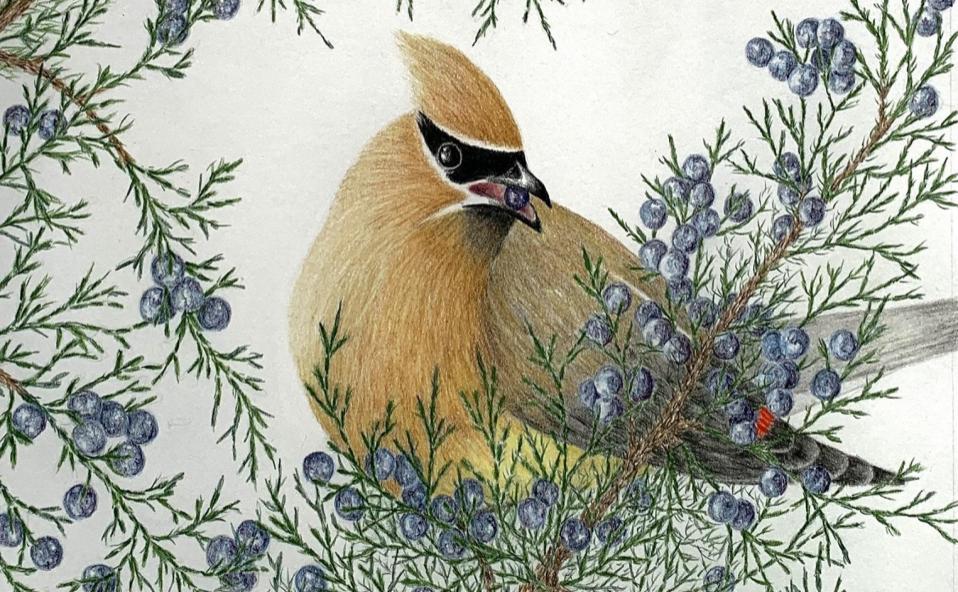
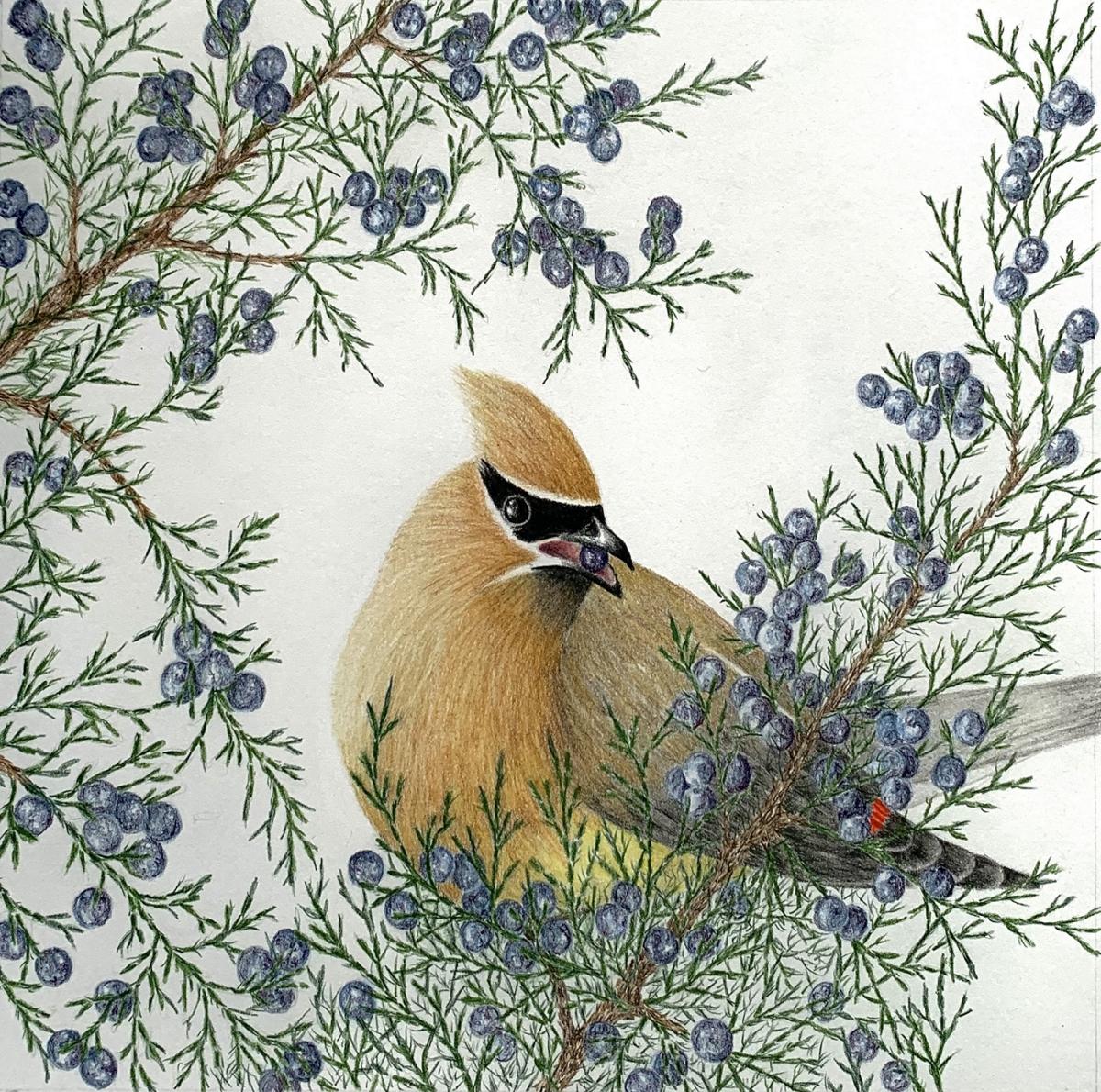

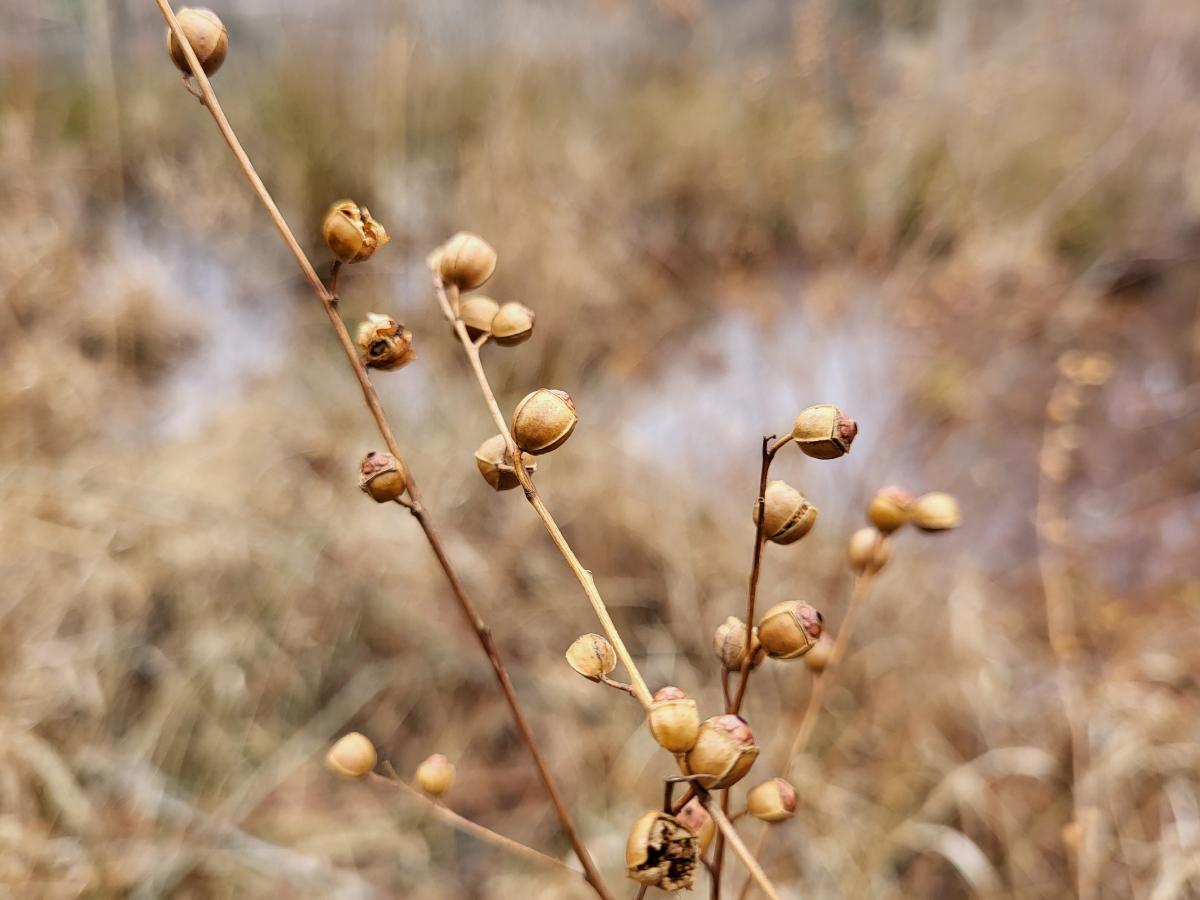 Last week we asked you about splitbeard broomsedge (Andropogon ternarius)! This showy native warm-season grass grows in poor, sandy soils in full sun. In fall, it produces fluffy and silvery seed heads, which are a food source for songbirds and small mammals. Some animals will also use the grass and seeds as nesting material and cover.
Last week we asked you about splitbeard broomsedge (Andropogon ternarius)! This showy native warm-season grass grows in poor, sandy soils in full sun. In fall, it produces fluffy and silvery seed heads, which are a food source for songbirds and small mammals. Some animals will also use the grass and seeds as nesting material and cover.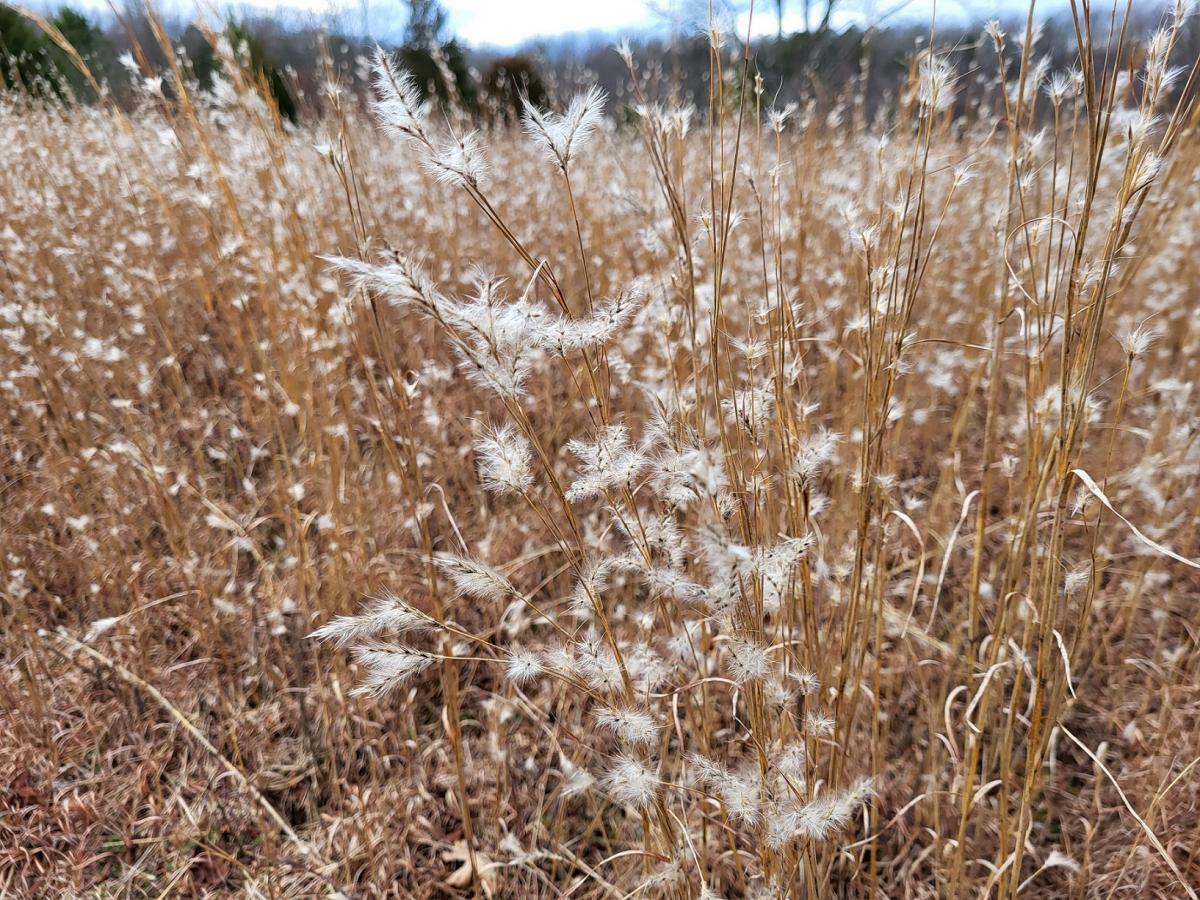 Adkins Mystery Monday is sponsored by the Spy Newspapers and Adkins Arboretum. For more information go
Adkins Mystery Monday is sponsored by the Spy Newspapers and Adkins Arboretum. For more information go 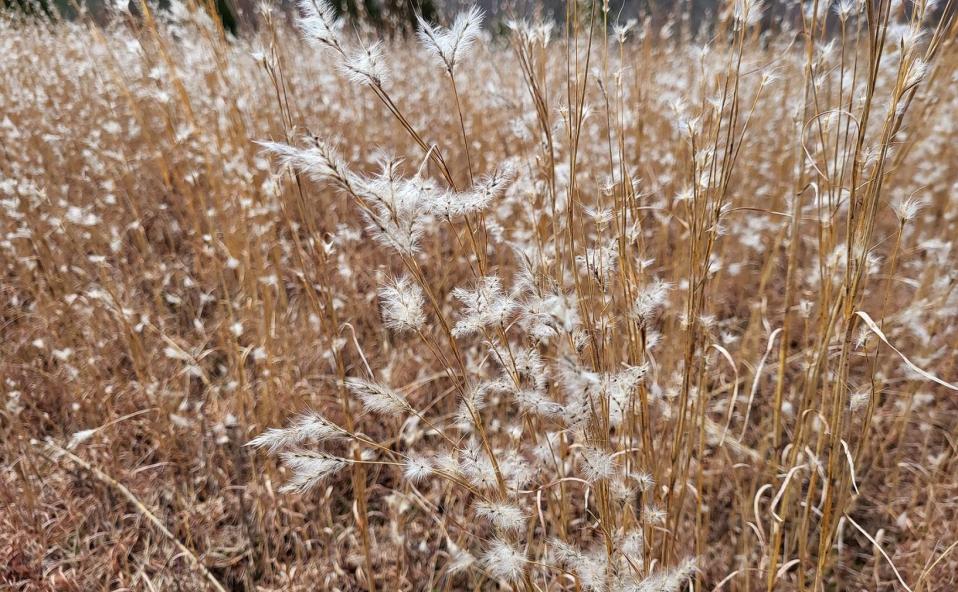
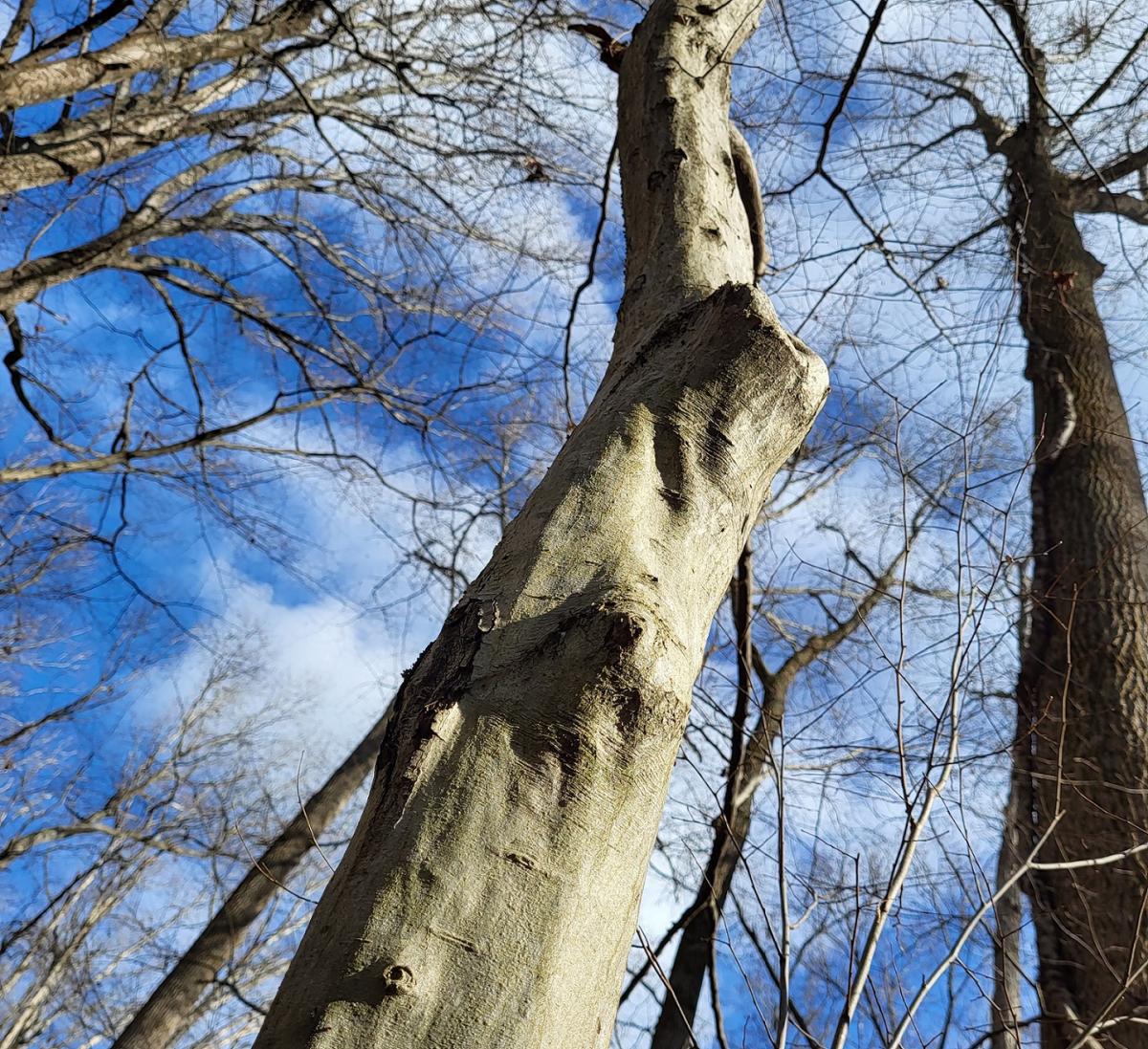 Adkins Mystery Monday is sponsored by the Spy Newspapers and Adkins Arboretum. For more information go
Adkins Mystery Monday is sponsored by the Spy Newspapers and Adkins Arboretum. For more information go 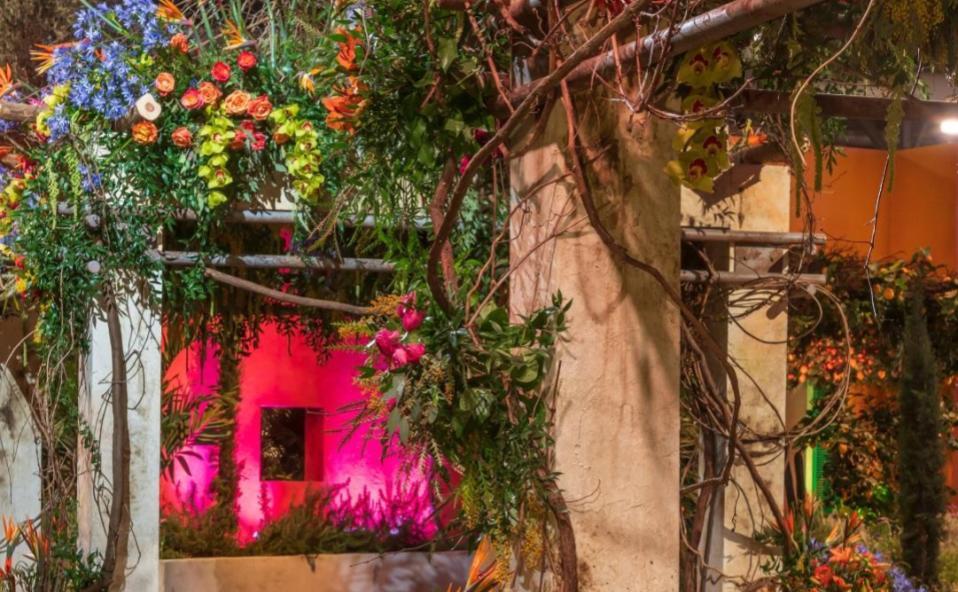
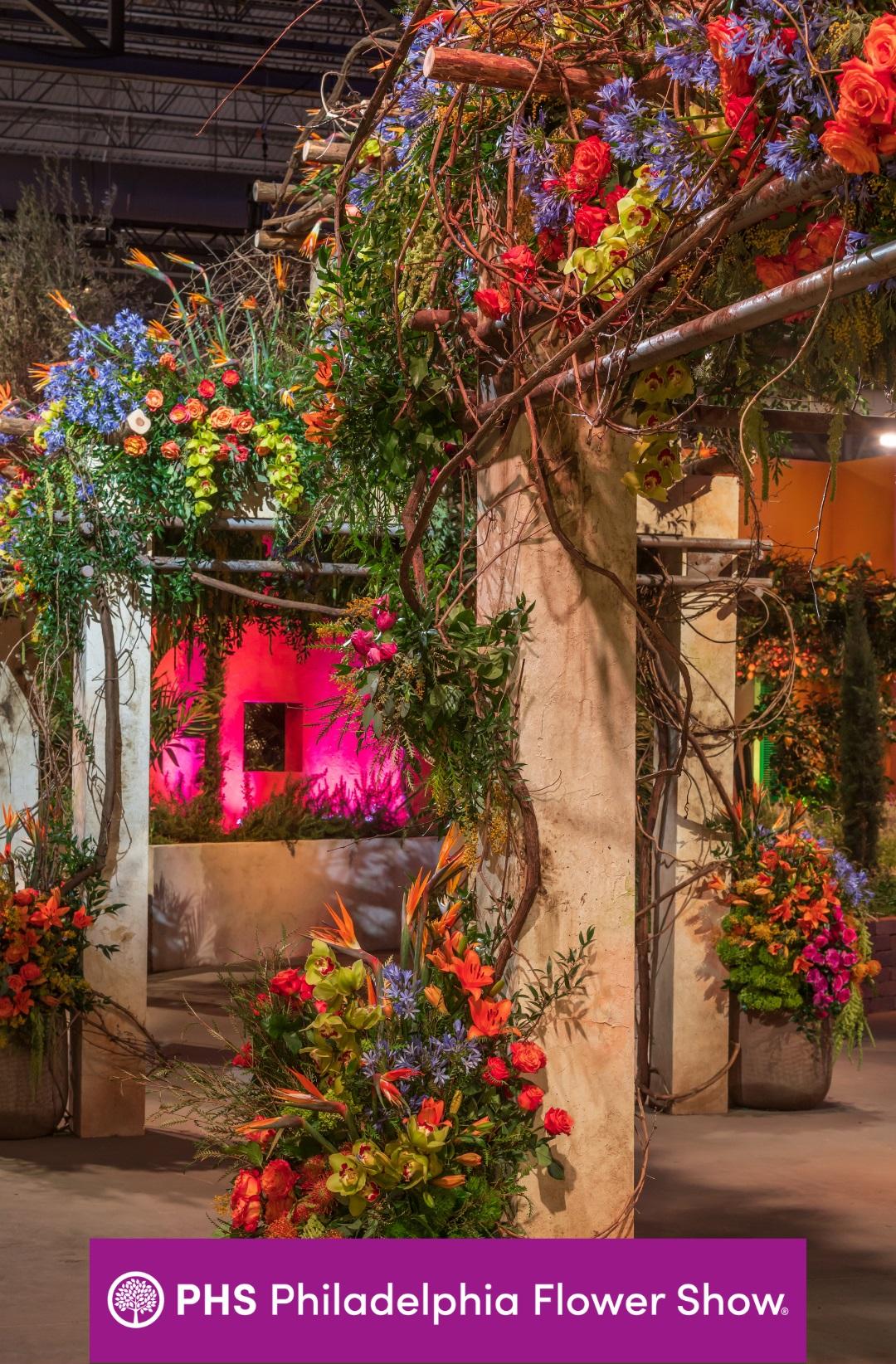 A showcase of excellence that dates to 1829, the Philadelphia Flower Show is a top destination and a must-experience horticultural event. On Mon., March 6, join Adkins Arboretum for
A showcase of excellence that dates to 1829, the Philadelphia Flower Show is a top destination and a must-experience horticultural event. On Mon., March 6, join Adkins Arboretum for 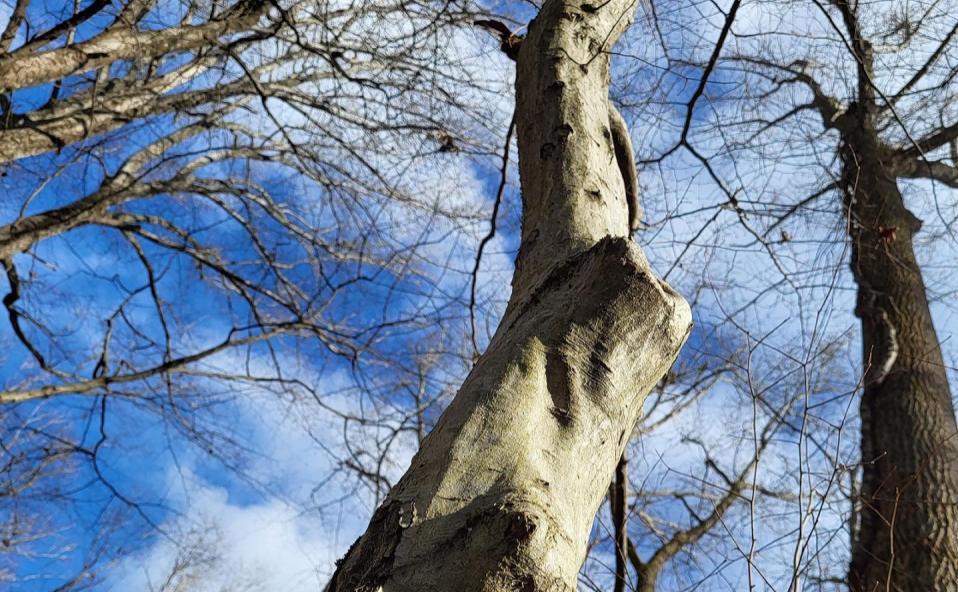
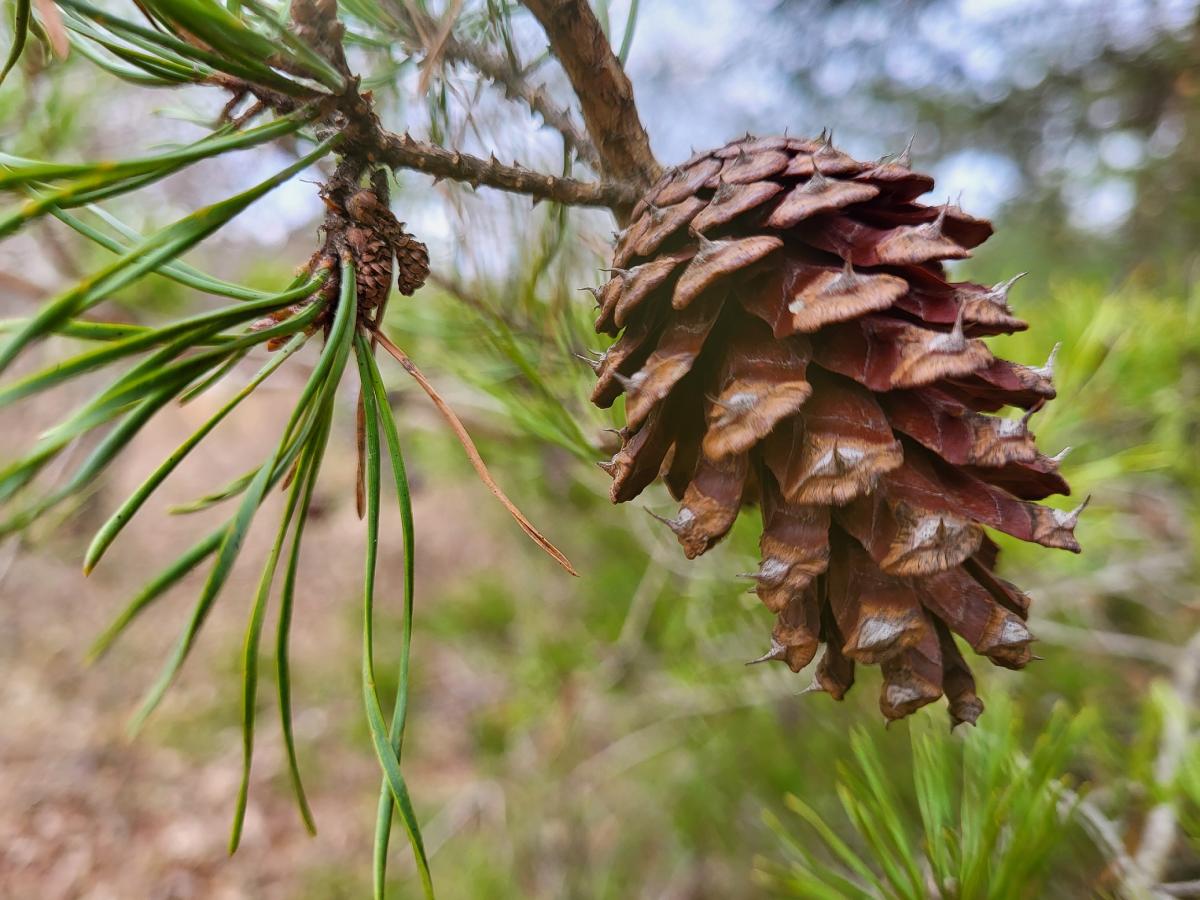 Adkins Mystery Monday is sponsored by the Spy Newspapers and Adkins Arboretum. For more information go
Adkins Mystery Monday is sponsored by the Spy Newspapers and Adkins Arboretum. For more information go 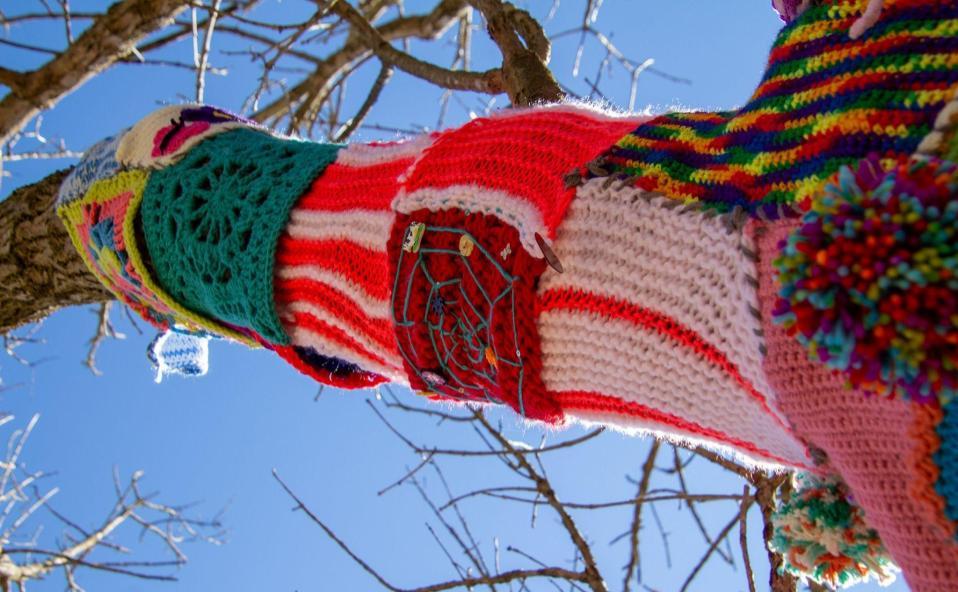
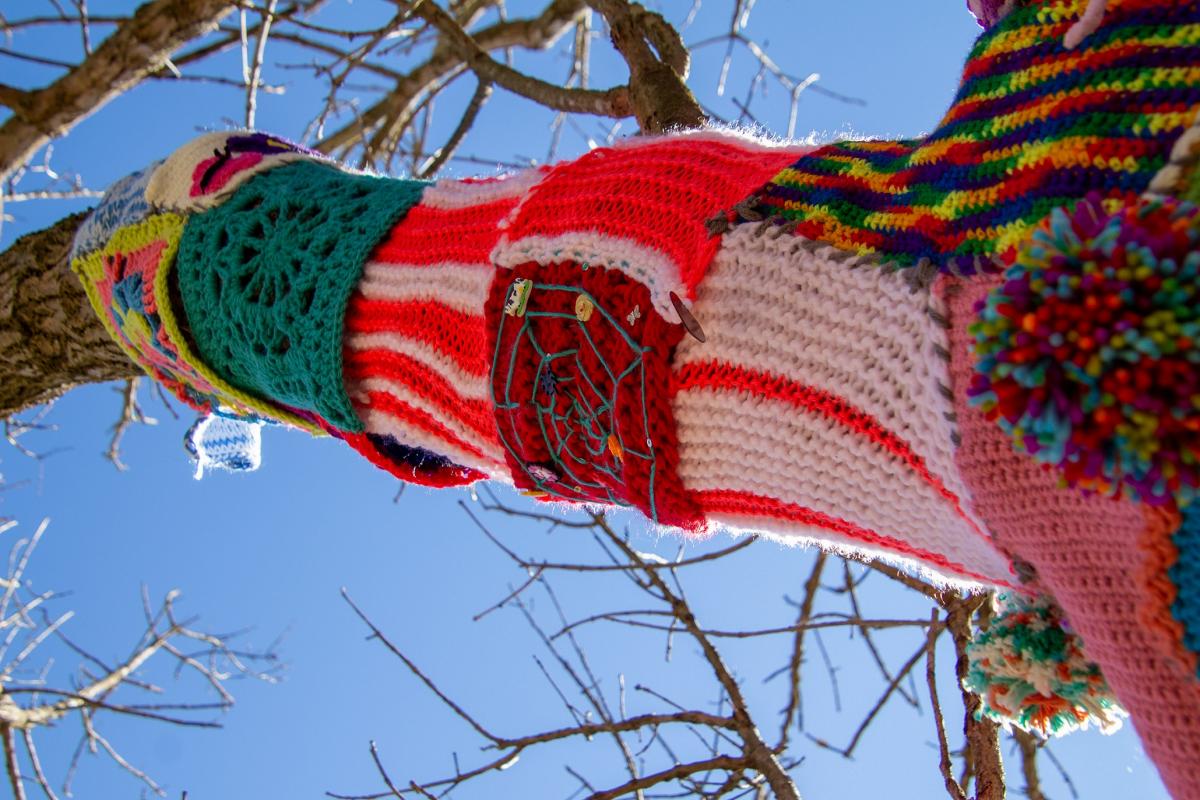
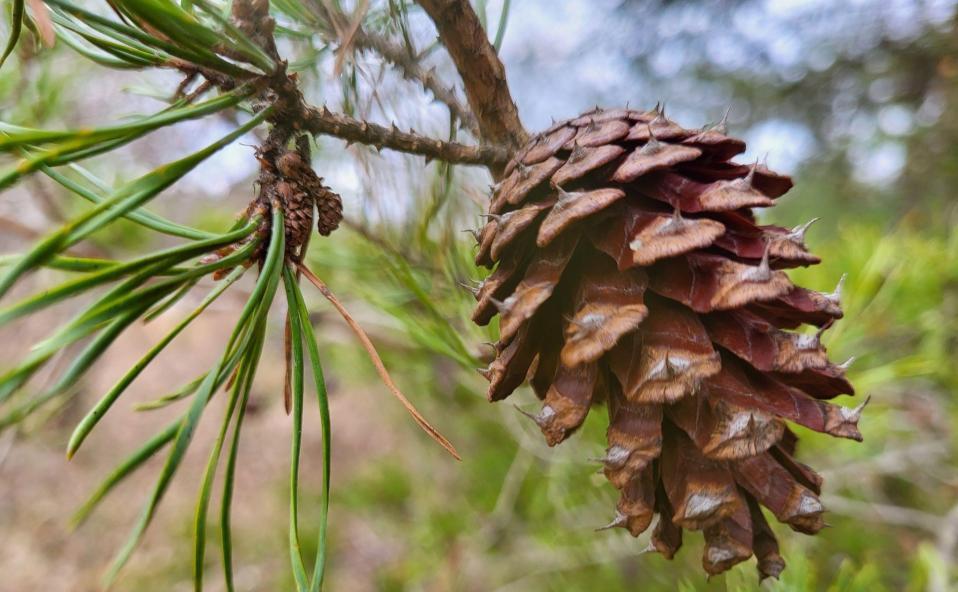
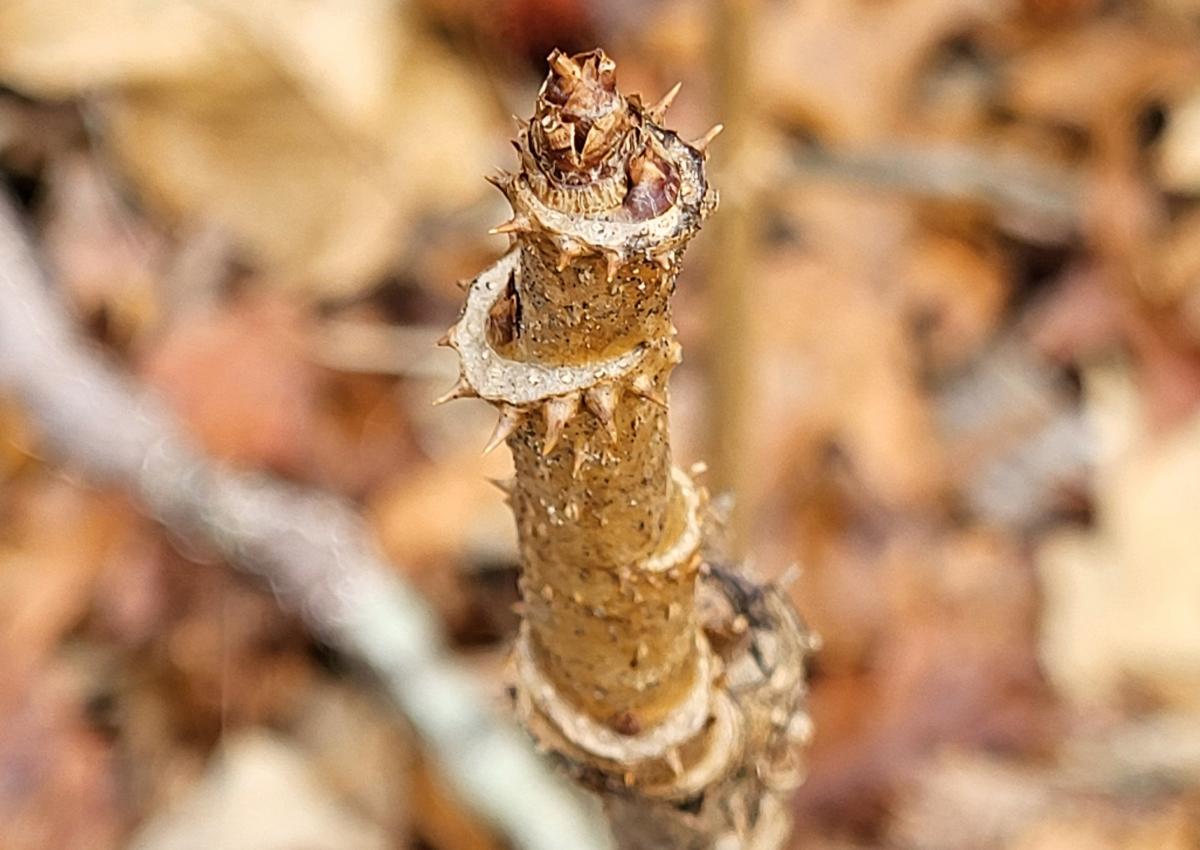 Adkins Mystery Monday is sponsored by the Spy Newspapers and Adkins Arboretum. For more information go
Adkins Mystery Monday is sponsored by the Spy Newspapers and Adkins Arboretum. For more information go 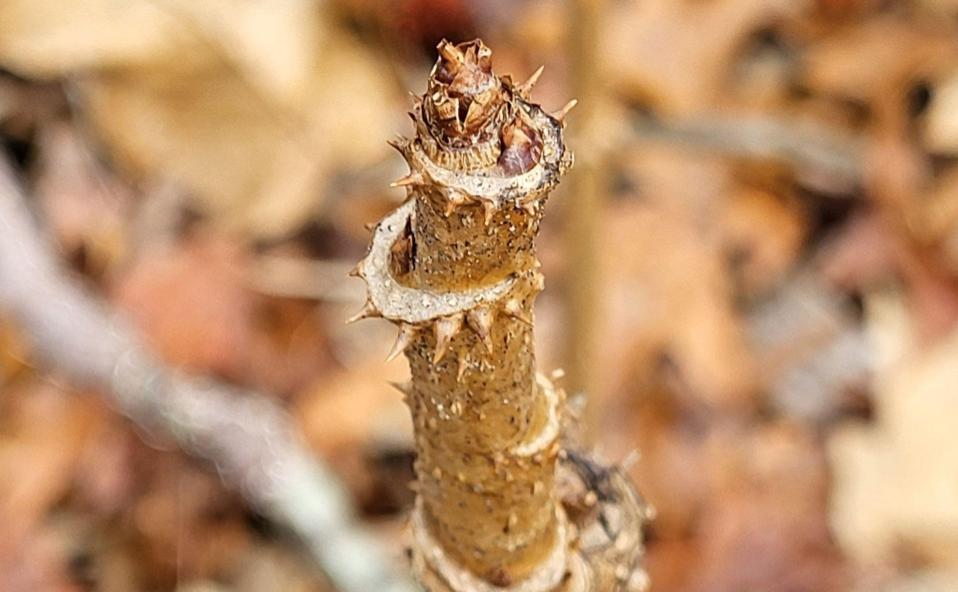
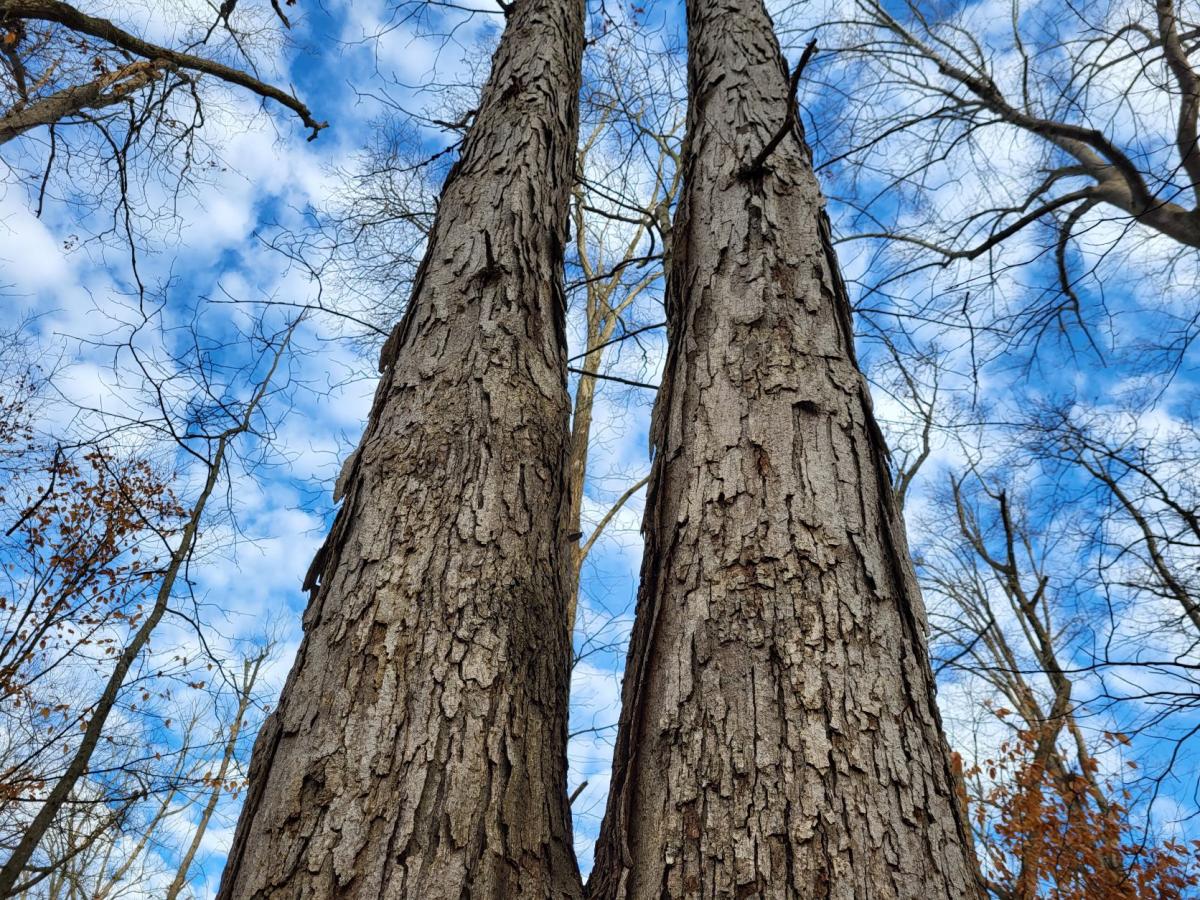 Adkins Mystery Monday is sponsored by the Spy Newspapers and Adkins Arboretum. For more information go
Adkins Mystery Monday is sponsored by the Spy Newspapers and Adkins Arboretum. For more information go